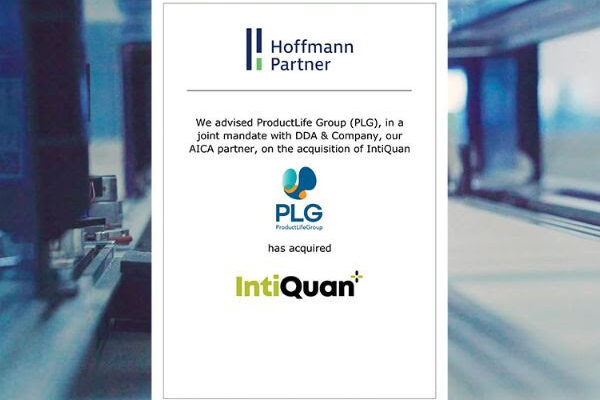When preparing for an exit – do the opposite.

“If every instinct you have is wrong, then the opposite must be right” – Jerry Seinfeld
Do Not Oversell
Every day, business owners enthusiastically sell their value propositions to prospects, clients, and employees.
Do the opposite! Experienced buyers are interested because they know the industry, the competitive landscape and the prospects for the future at least as well as, if not better than most sellers. Overselling capabilities or opportunities in a sale process can result in disaster when real due diligence begins, and new information comes to light. If projections or positioning are too optimistic, management loses credibility, skepticism becomes pervasive, and the transaction will most likely end in a “re-trade” on valuation or introduction of an earn-out. It is always better to under-promise and over deliver.
Be an Open Book
When selling their business, most owners do not want to show any weaknesses and are reluctant to disclose threats and setbacks, assuming that it is the best way to maintain a higher valuation. Some sellers take a ‘buyer beware’ attitude thinking that “if they don’t find it, that’s their problem.” Others believe that contingent liabilities probably will not happen, so why disclose them?
Do the opposite! Because sophisticated buyers hire teams of due diligence professionals whose only job is to identify risks, no stone goes unturned. Undisclosed issues will inevitably be discovered by the buyer during diligence and will result in mistrust, leading them to ask the question “what else have I not been told”? Mistrust often results in more aggressive risk mitigation strategies such as a larger percentage of the purchase price placed in escrow, or even an aborted transaction.
Interestingly, most sellers’ ‘weaknesses’ are ‘opportunities’. They can be a source of value, but only with early and full disclosure.
Spend the Money
The roof has been leaking for years and is continuously patched, costing the company $10,000 every year. Sellers instinctively think: “If I am going to sell the business, why would I invest in a new roof? It just costs money that I don’t need to spend.”
Do the opposite! Deferred capital expenditures inevitably reduce purchase price. Buyers do not look at the roof as a minimal annual expense but rather a major investment that must happen the day after closing, usually at a higher estimated cost than the sellers would actually have spent. This position implies a higher level of risk that something else will break, resulting in additional deferred investments in facilities, equipment and technology inevitably lowering the purchase price. However, making that one-time investment in a new roof shows a real commitment to long term thinking and will give the buyer more confidence in the operations.
Make the Hard People Decisions
Let’s face it – every business has under-performers. Occasionally there is outright ‘dead wood’ within the ranks of management. Many sellers take the attitude that weak performers become the buyer’s problem upon an acquisition.
Do the opposite! No buyer wants to come in on the first day and make necessary and obvious changes to the employee base, including reducing salaries, eliminating extraordinary benefits or eliminating redundancies. It is completely demoralizing for employees and sets the wrong tone for the buyer’s relationship with its new employees. Instead, sellers should proactively analyze their employee rosters and make those hard decisions before going to market.
Become Expendable
Owner-operators tend to wear many hats and do it all. They are involved in operations, manage key customers, employee relations all of which have contributed to the company’s success over the years, and they typically have a hard time relinquishing control.
Do the opposite! From a buyer’s perspective, this situation presents a significant risk should the owner leave with the ‘secret sauce’ and know-how. Buyers value a talented and deep management team with a qualified replacement for the CEO. It proves the company’s success is not primarily driven by the owner but by the company. Making the owner-operator dispensable and building a professional management team is assuredly one of the best ways to increase value.
Final Thoughts
A guiding principle for sellers is to put themselves in the buyer’s shoes. Buyers value open, honest sellers who are self-aware, and those with a long-term approach to growing their companies.
One reason for private equity’s strong investment returns over the decades is they require sellers to reinvest a meaningful percentage of the sale proceeds back into the company. This structure ensures that sellers are willing to assume future risk, sending a message of confidence to the buyer and ultimately minimizing some of the pitfalls mentioned in this Insight.
We are Here to Help
If we can help you in any way, please do not hesitate to reach out of any one on our team at www.cartermorse.com
Source article http://campaign.r20.constantcontact.com/render?m=1011367699081&ca=e9cab48f-7565-4290-a33d-ee3ff9b158de
< Blog



